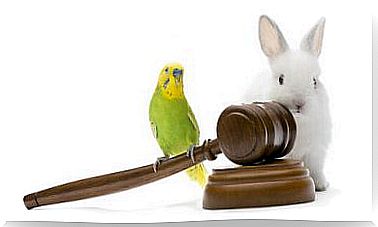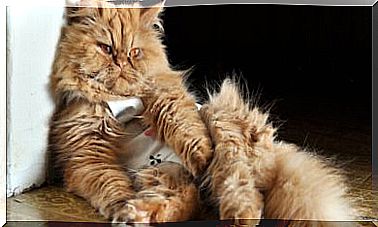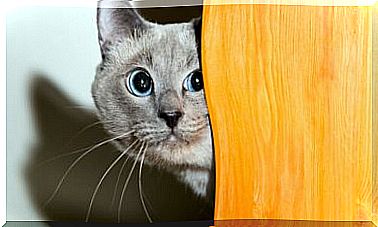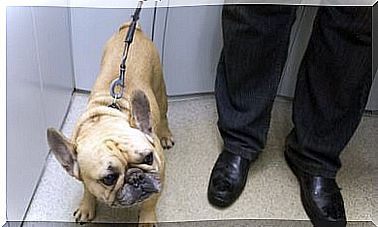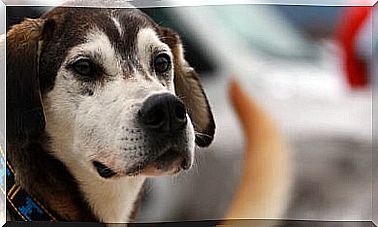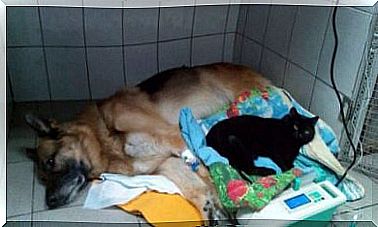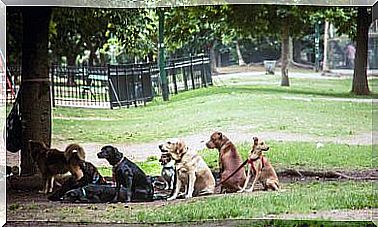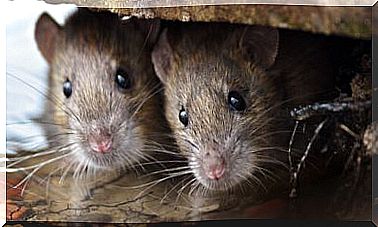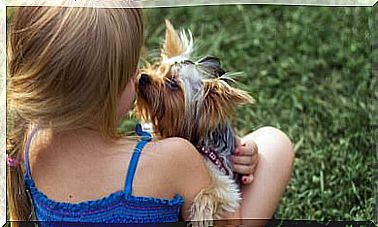The Selkirk Rex Or… The Sheep Cat
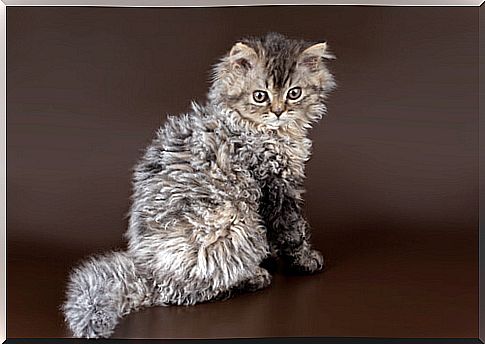
Is it a poodle? Is it a little lamb? No… It’s the sheep cat !! Also known as Selkirk Rex , it is one of the most recent natural breeds of kittens. Its main characteristic is its curly hair, which can be short or semi-long and has a woolly appearance, reminiscent of sheep. Hence its name. Its origin seems to be in Wyoming (United States). In 1987 there was a spontaneous genetic mutation (without human manipulation), which occurred in only one animal: a kitten that was born with a rather dense and curly coat.
Rescued from a stray animal shelter, she was crossed with a black Persian and three of her offspring managed to retain this type of mutation, thus demonstrating that the gene had a dominant mode of inheritance. In Cornish Rex , Devon Rex and German Rex , on the other hand, wavy hair is the result of a recessive gene.
As a way to improve the breed, these first three Selkirk Rex were later crossed with specimens of American shorthair ( American shorthair ), Himalayan, exotic and British shorthair ( British shorthair ). In 1992, the breed was recognized by the International Cat Association (TICA).
Physical characteristics of the sheep cat
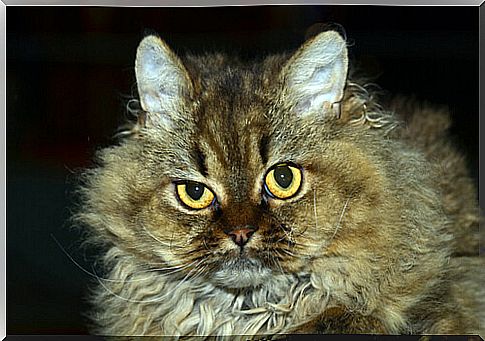
The Selkirk Rex is a fairly large and robust cat, unlike its fellow Rex breed , which are smaller and more delicate. Among its main physical characteristics are:
- Head: rounded and solid, with a broad skull and a strong chin; full and solid cheeks.
- Nose: short, wide and straight.
- Eyes : large and round, well separated, and deep green or blue.
- Ears: of medium size, broad at the base, separated and with slightly rounded tips.
- Neck: short and solid.
- Body: medium to large, muscular and compact; with strong chest and loin.
- Legs: medium length and muscular. With round, fat feet.
- Tail: of medium length, thick and with a rounded tip.
- Coat: thick, fluffy, with abundant fluff and pronounced curls that cover the entire body. They can have short or semi-long hair.
- Colors: various. They are all accepted at the time of breeding.
- Strong bones.
- Weight: males reach between 5 and 7 kilos; females, between 4 and 6.
The Selkirk Rex , an ideal pet
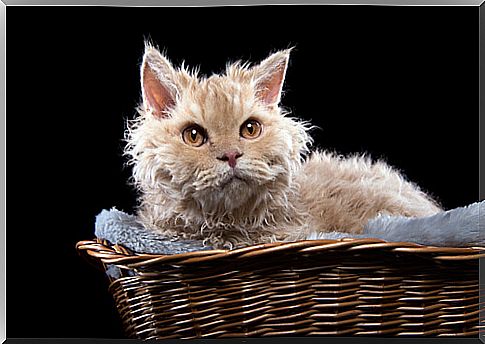
Friendly, sociable and peaceful are some of the words that serve to describe a Selkirk Rex . It is a cat of home habits, which chooses to be calm and comfortable inside a house or even an apartment. No going around anywhere, or climbing trees and roofs like other kittens. It adapts easily to the human environment and has no problem sharing its space with other animals. Of course, he does not like to be alone too long.
He is affectionate and loves to play, which makes him the ideal pet if there are children in the home. They are also patient and tolerant, even with those creatures who can overindulge in games.
In addition, it is an easy-care cat, since its hair should not be brushed too often. It will be enough to do it once a week -or every ten days- to maintain the typical texture, similar to that of a poodle or that of a sheep. Nor will you have to go around cleaning his hair in all corners, since it almost does not fall out.
Due to these characteristics, it can also be the best option as a pet for the elderly or for those who adopt a kitten for the first time.
Their health is usually good and specific diseases associated with the breed have not yet been recorded. Long-haired specimens could get so-called “hairballs” in the digestive system, which are easily treatable. Also, like other kittens of the Rex type , it can present an increase in the production of wax in its ears, which has its origin in the irritation of the inner part of its ears.
Some time ago Albert had his minute of fame, a very badly faced Selkirk Rex . His image of an angry sheep circulated on social networks and various online sites and contributed to this breed of cats – recognized worldwide by almost all existing feline associations – began to become more popular.
